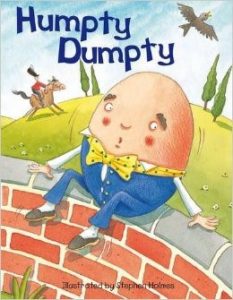 Using rhyme stories for speech and language therapy is like driving your car on cruise control. The rhyme takes over the cadence, intonation, and length so we can focus on the content. Communication requires expectation. Someone says something, and we respond. Someone asks a question that we then answer. The rhyme naturally delivers this expectation through the rhymed syllable sound or word.
Using rhyme stories for speech and language therapy is like driving your car on cruise control. The rhyme takes over the cadence, intonation, and length so we can focus on the content. Communication requires expectation. Someone says something, and we respond. Someone asks a question that we then answer. The rhyme naturally delivers this expectation through the rhymed syllable sound or word.
Rhyme stories can be as short and simple as Humpty Dumpty or as advanced as a full storybook poem like Room on a Broom.
Rhyme Stories are great for therapy because:
- You can find simple to complex rhymes to easily match even the most profound communication deficits.
- Many students have familiarity with rhymes.
- Rhymes are present in all cultures.
- Rhymes easily enable the production of longer utterances by employing meter and relying on repetitious phrasing.
- There are many opportunities to use past, present, future, and even conditional tense.
- Rhythms present in the rhymes create natural opportunities for whole body and kinesthetic movements.
- Phonological syllable-building is aided by clapping or tapping the beat.
- Many rhymes have moral or ethical themes embedded in their message.
 How to use Rhyme Stories in Speech Therapy
How to use Rhyme Stories in Speech Therapy
The Gruffalo is a great example of the power of rhyme. It is a full text story including location, characters, problems, and solutions. A mouse invents a monster to scare off other animals who want to eat him but winds up meeting an actual Gruffalo in the end. Let’s use it as an example for what we can accomplish in speech therapy.
The Gruffalo / El Gruffalo
by Julia Donaldson
Goal: |
English |
Spanish |
| Articulation | /r/, /s/high use of fricatives | /r/, /r/ blends, /s/ |
| Syntax | Possessive pronouns, conditional tense. Descriptions of body parts and inferencing on the part of the animals as to what would happen to them if they met the Gruffalo. | Past tense structure, especially irregular verbs (e.g. tiene, fue, vió, era) |
| Semantics | Body parts- eyes, teeth, claws and other invented body parts.
Multiple animals, forest words. | Body parts- ojos, dientes, garras, etc. |
| Wh- questions | “Where” use every other page. | “Qué” use every other page. |
| Macrostructure- story elements, structure, organization of a narrative | Sequencing, story elements (characters, setting, problem, solution, initiating event, character intentions and desires, moral) |
Rhyme Stories, Games, and Activities
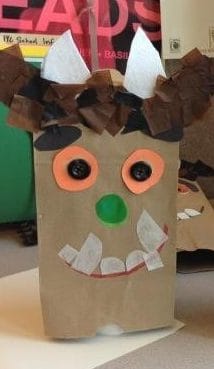
Rhymes = action and most rhymes have been around for a long time. Do an internet image search for YOUR BOOK + ACTIVITY and you will find a treasure trove of masks, games, songs, catapults, to adapt for therapy. The sky is truly the limit. For The Gruffalo, you can even go to www.Gruffalo.com! Some of our favorites for the Gruffalo include:
- Anatomy charts for the Gruffalo’s amazing body parts.
- Lunch bag puppets to eat the animals with
- Animal story-sequencing activities
- Pantomime hand movements for each repeated rhyme:
- terrible tusks
- terrible claws
- terrible teeth
- in his terrible jaws.
Rhyme Books for Speech Therapy
Title |
Description of Story | |
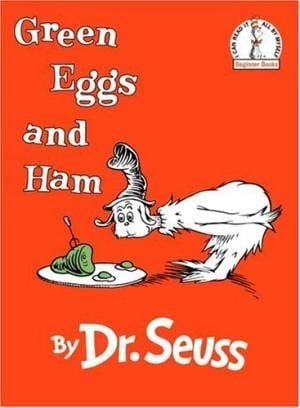 | Green Eggs and Ham
Huevos verdes con jamon | Plot: Sam-I-am persistently asks: “Do you like green eggs and ham?” through a traveling, rhyming story.
Why we like it: This book as memorable and unmistakable characters and signature rhymes. Also helpful with reading goals. |
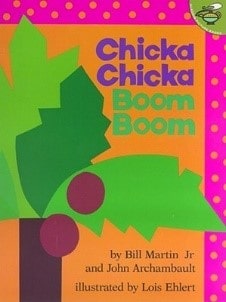 | Chicka Chicka Boom Boom | Plot: 26 characters of the alphabet make their way to the top of a coconut tree before the tree bends from the weight.
Why we like it: The book adds familiar order using the alphabet to the rhyme which makes it easy to follow and memorize. The children can relate to everyone wanted to join in on the fun but there being too many! |
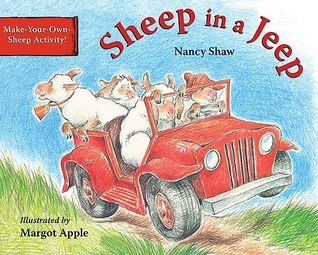 | Sheep in a Jeep | Plot: A flock of hapless sheep drive through the country in this rhyming picture book.
Why we like it: Lots of action words and onomatopoeia. High use of fricative sounds and kids love watching what all goes wrong when the sheep try to drive. |
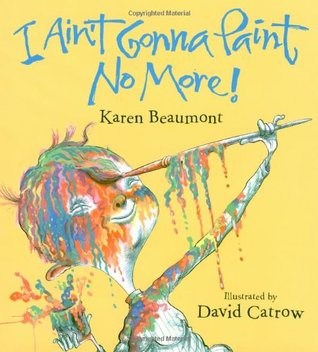 | I Ain’t Gonna Paint No More! | Plot: A child paints the walls, then the ceiling, then himself before his mother comes in.
Why we like it. This book rhymes to the tune of “It Ain’t Gonna Rain No More.” It is a nice change of pace grammatically. Lots of opportunities to describe colors, do painting projects, and discuss behavior. |
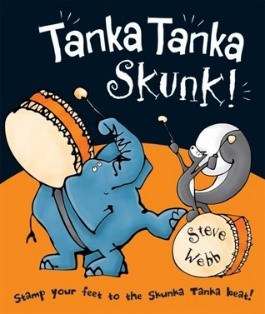 | Tanka Tanka Skunk! | Plot: This a rhyming book about rhyming. Skunk and Tanka use inventive words to create a beat on drums.
Why we like it: This book is really fun and uses made up words. It helps for utterance expansion and kids love to tap the beat out on the table top so it helps with producing more syllables. |
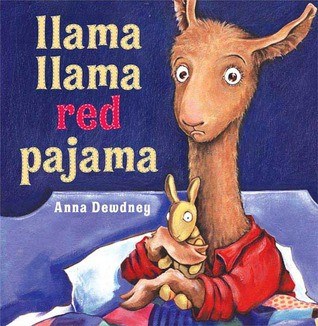 | Llama Llama Red Pajama
La llama llama rojo pijama | Plot: Baby Llama turns bedtime into an all-out llama drama when he wants his mama.
Why we like it: Good way to express wants and needs, deal with fears, and make requests. Good use of plural words and initial /r/ words. |
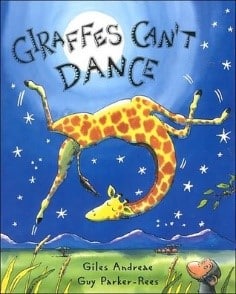 | Giraffes Can’t Dance
Las jirafas no pueden bailar | Plot: Gerald the giraffe’s legs are too skinny and his neck is too long to be able to dance but then he gets up the courage.
Why we like it: It teaches acceptance of yourself and others and also teaches discovering unknown abilities. Great book for description, body parts, animal vocabulary, and self-esteem. |
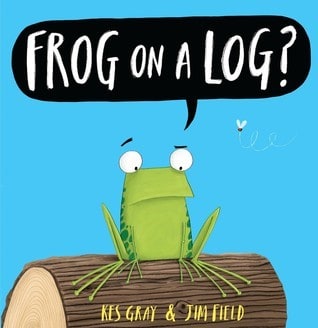 | Frog on a Log | Plot: Cats sit on mats, hares sit on chairs, mules sit on stools, and frogs sit on logs. Each animal’s designated seat rhymes with that animal’s name. The cat explains: “It’s about doing the right thing.” The frog does not want to!
Why we like it: Power to the little people for standing up for what they want! Great rhyming, sequencing, and categorization. |
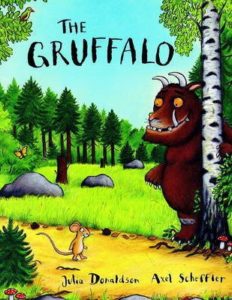 | The Gruffalo
El Gruffalo | Plot: Mouse goes for a walk in a dangerous forest. To scare off his enemies he invents tales of a fantastical creature called the Gruffalo which turns out to be real.
Why we like it: Great repetitive rhyme. Filled with almost all target sounds. Amazing description, forest and animal vocabulary. |
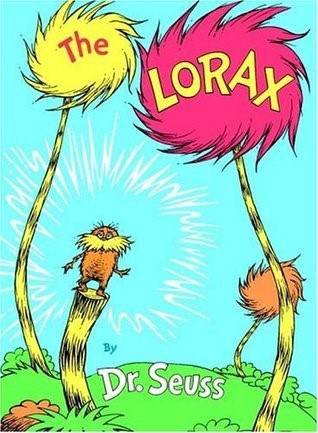 | The Lorax
El Lorax | Plot: The Lorax protects the planet from mindless progress. A timely message and a bonus that most kids know the plot from the movie.
Why we like it: Full of /r/, /l/, /s/ sounds and clusters. Lots of questions and answers and opportunities to make prediction based on behavior. |
Content for this essay adapted from Literacy-Based Speech and Language Therapy Activities. Use it to create powerful language therapy using predictable books, and much, much more!

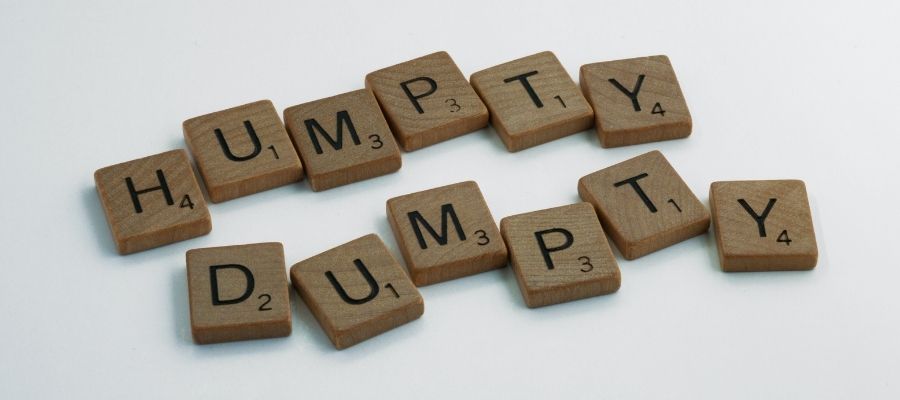
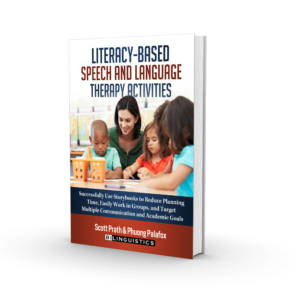

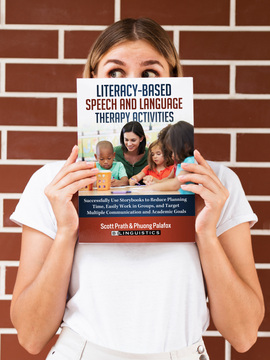
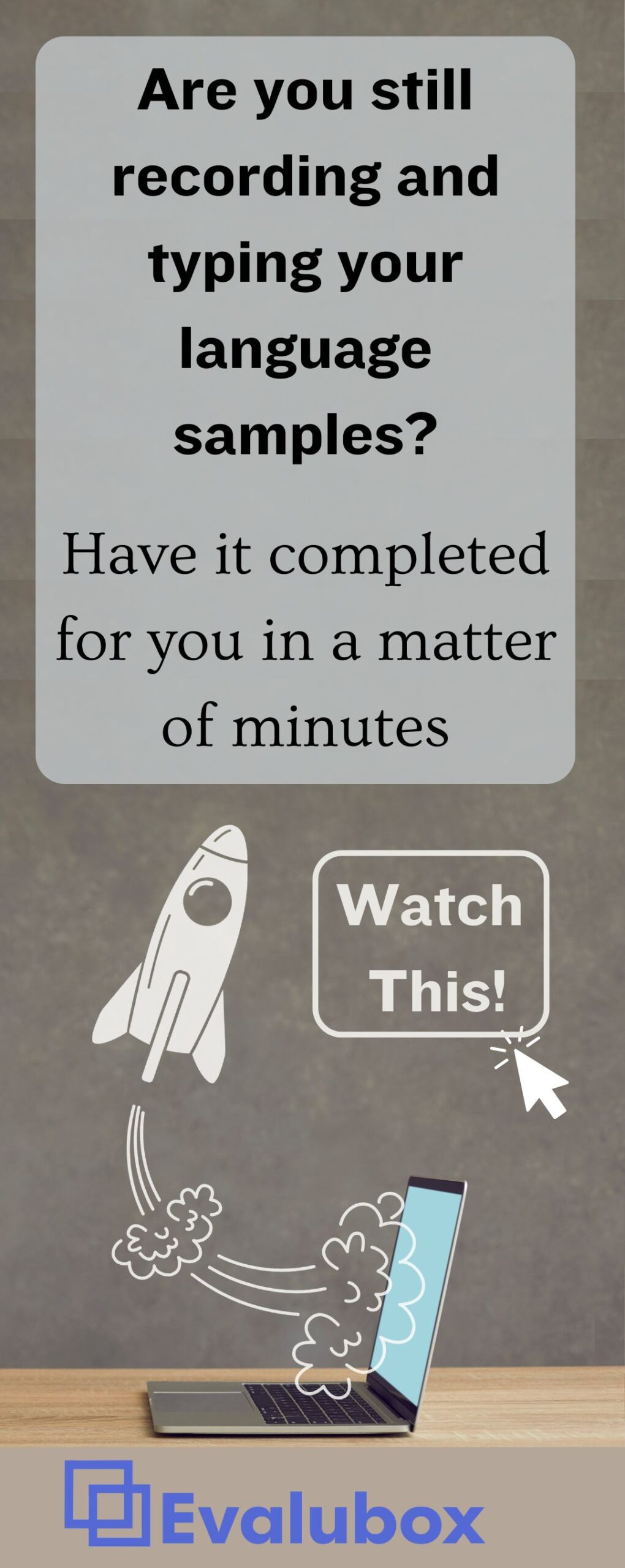
Hi guys,
I am a member and received your super awesome book on literacy based activities. I don’t think I downloaded the e book when I joined. Is it too late?
No, I will send it to you.
There’s an eBook?i also have yours and Phuong’s great literacy book. Bought it summer 2017. Can I get the eBook as well?
HI Allison,
The comment was relating to the Communications disorders ebook that comes for subscribing to the blog. All of the up-to-date literacy materials made it into the book you have.
Best,
Scott
I love this idea, and have been huge admirer of the book “Literacy based speech and Language Therapy activities” I would appreciate if we could have Video support of the activities in the book.
I love this idea of using Rhyme for developing language. I would like to know if there is an EBP on this.
Thank you
Hi Swapna
There is a ton of research on the use of Rhyme that comes out of literacy research. Here are a couple quick reads that head in that direction: Imagination Tree; Early Childhood News
Also, we have videos together for literacy-based intervention that are part of our live presentations but we haven’t turned them into courses yet. Check out this blog article with embedded videos of some of the practices. Also, we have 30 plus videos up on youtube now.